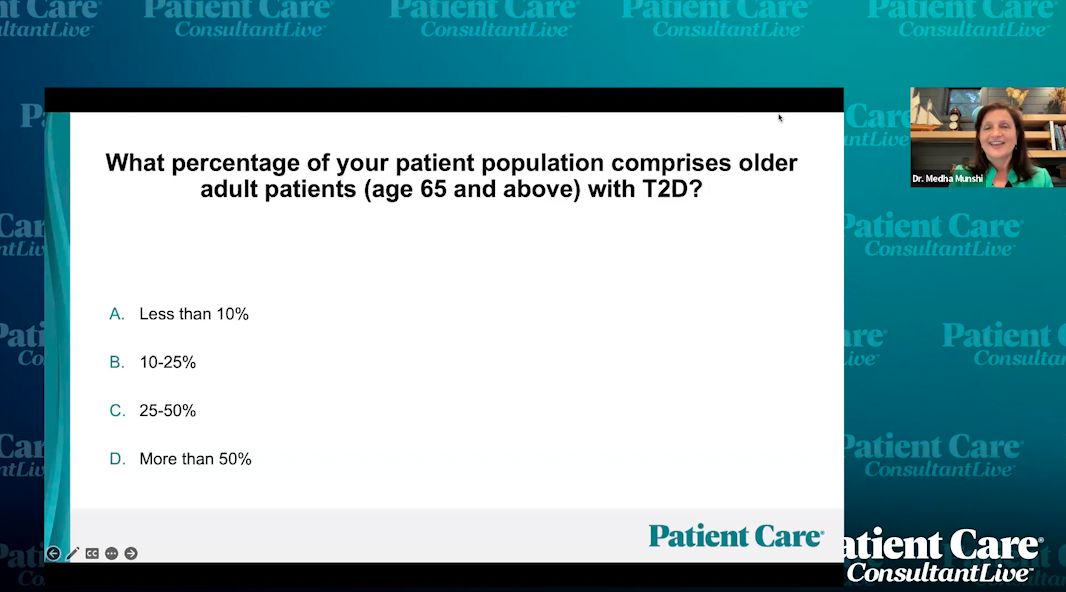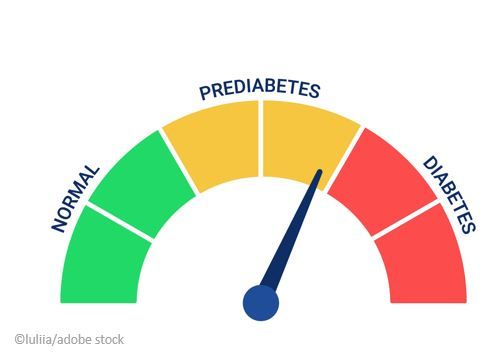
Diabetes
Latest News
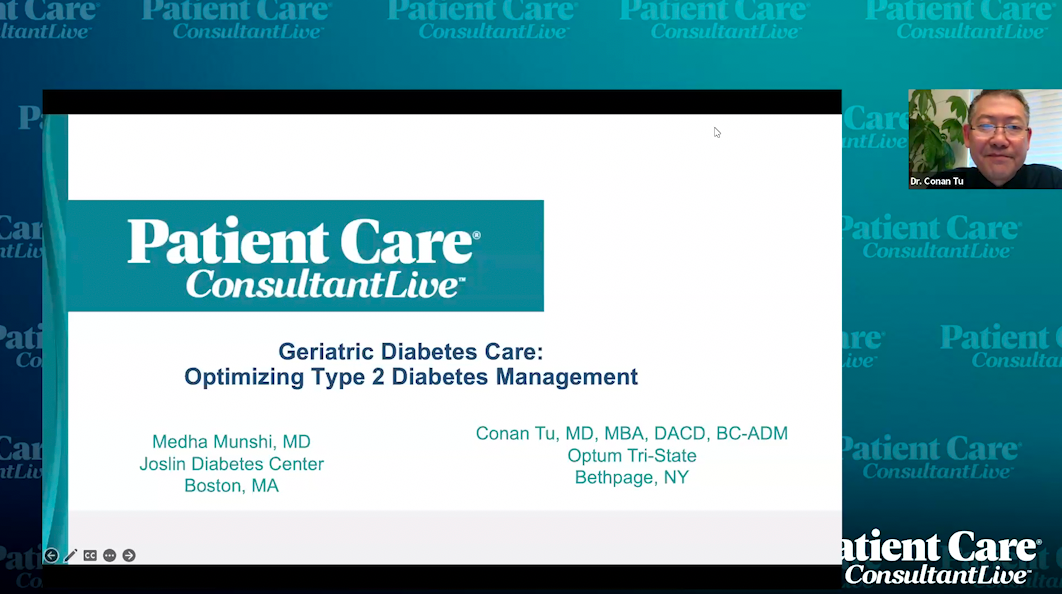
Latest Videos

CME Content
More News

Primary care clinicians can screen at-risk individuals for type 1 diabetes with a single autoantibody panel. It pays to test and educate early, according to this author.
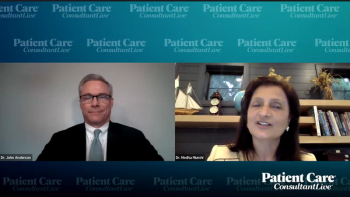
The medical experts conclude by summarizing essential insights and practical tips for effectively managing diabetes in elderly patients.

Medical professionals evaluate strategies for optimizing diabetes treatment protocols in older adults, emphasizing the critical role of deprescribing in geriatric diabetes care.

Diabetes specialists examine the shifting paradigm of type 2 diabetes treatment, highlighting the role of combination therapies and emerging approaches specifically designed for geriatric patients.

The panel examines crucial factors in determining appropriate medication dosages and managing glucose levels for elderly patients with type 2 diabetes.

Medical experts analyze a case involving a 78-year-old man with a 15-year history of Type 2 Diabetes Mellitus.

A panel of medical experts presents a case study featuring a 68-year-old woman exhibiting classic diabetes symptoms—polyuria, polydipsia, and significant weight loss—along with a notably elevated glucose level of 458 mg/dL.

Medical doctors examine strategies for customizing diabetes care for older adults across various environments, from home settings to healthcare facilities.
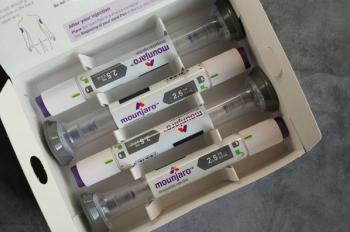
In a head-to-head real world study, tirzepatide compared with semaglutide resulted in 42%, 20%, and 46% reduced risks for all-cause mortality and major adverse CV and renal events, respectively.

Medical experts explore personalized diabetes management strategies, emphasizing the critical need to tailor treatments for older adults.

Your daily dose of the clinical news you may have missed.
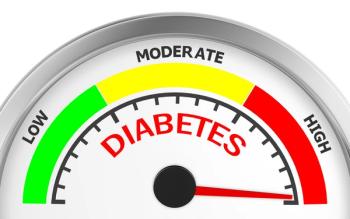
New study findings suggest that in older adults stable HbA1c within individualized target ranges over time may help reduce risk of Alzheimer disease and other dementias.

The panel concludes its discussion with key takeaways on the optimal care of patients with type 1 diabetes care and thoughts on unmet needs within the treatment space.

Focusing on logistical matters as it pertains to teplizumab administration, the panel discusses infusion site considerations, insurance coverage hurdles, and the process of getting patients approved.

Diabetes specialists outline the patient selection protocol for teplizumab and describe the teplizumab infusion process.

Experts on type 1 diabetes discuss the availability of local medical facilities that offer teplizumab screening and evaluation services for individuals at risk of progression of disease.

Amy Burton, MD, reviews findings from the TN-10 study investigating teplizumab, an anti-CD3 monoclonal antibody, for prevention of diabetes in relatives at risk for T1D.

Diabetes experts discuss the important role of teplizumab in delaying the onset of type 1 diabetes and provide insights on the drug’s mechanism of action.

Following audience polls, the panelists provide clinical insights into their screening practices for patients with type 1 diabetes, highlighting key antibodies they screen for.

Audience polls provide the panel insights into common screening practices for patients with type 1 diabetes.

The panel outlines the stages of type 1 diabetes, focusing on the importance of early intervention to prevent complications of the disease.

A panel of experts on type 1 diabetes (T1D) describe the prevalence and burden of the disease, highlighting the emotional and socio-economic burden extending beyond medical expenses.

Your daily dose of the clinical news you may have missed.
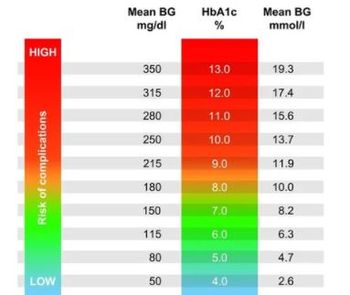
Hypoglycemia unawareness increased over time with use of sulfonylureas but decreased with use of insulin over the same period, a new study found.

Adherence to Mediterranean diet-based interventions was associated with reductions in BP, triglycerides, total cholesterol, and LDL-C, as well as increases in HDL-C among children and adolescents.

